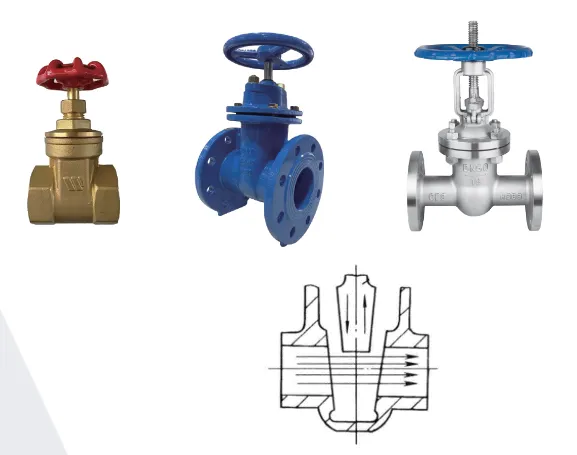butterfly valve type lug
Understanding the Lug-Type Butterfly Valve A Comprehensive Overview
In industrial applications, effective fluid control is paramount, and one of the most widely used devices for this purpose is the butterfly valve. Among the various types of butterfly valves, the lug-type design stands out due to its specific features and applications. This article delves into the characteristics, advantages, and common uses of lug-type butterfly valves.
What is a Lug-Type Butterfly Valve?
A lug-type butterfly valve is a quarter-turn valve with a circular disc that rotates around a shaft to control the flow of liquids or gases. The defining feature of a lug-type valve is its lugs, protrusions that are attached to the body of the valve. These lugs allow for the valve to be bolted directly to the piping system, enabling connections on both ends. This design is especially beneficial when isolation of the valve is required for maintenance or replacement.
Key Characteristics
1. Design Lug-type butterfly valves come with two sets of lugs, typically machined into the valve body, which facilitate easy bolting to the pipeline. This unique design enables the valve to be installed between two flanges, making it a popular choice in various applications.
2. Operation The valve is operated by rotating the actuator (manual lever, pneumatic actuator, or electric actuator) 90 degrees, allowing the disc to either fully open or close the flow path. This simple mechanism requires less effort than traditional gate valves, making it suitable for use in remote locations.
3. Materials Lug-type butterfly valves can be made from various materials, including cast iron, stainless steel, and plastic. The choice of material often depends on the type of medium being transported, pressure, and temperature conditions.
4. Sizes These valves are available in a range of sizes, typically from 2 inches to 24 inches. However, larger sizes can also be manufactured depending on specific requirements.
Advantages of Lug-Type Butterfly Valves
butterfly valve type lug

1. Versatility Lug-type butterfly valves are versatile and can be used in various applications such as water treatment, HVAC systems, oil and gas industries, and chemical processing. Their ability to handle different media (liquids, gases, and slurries) adds to their appeal.
2. Space-saving Design Compared to traditional valves, lug-type butterfly valves require less space. Their compact design makes them ideal for installations in areas with limited space.
3. Ease of Installation and Maintenance The bolted design allows for quick installation and removal without disturbing the entire piping system. This feature significantly reduces downtime during maintenance activities.
4. Cost-Effective Generally, lug-type butterfly valves are less expensive to produce and install than other types of valves, providing a cost-efficient solution for various industrial applications.
Common Applications
Lug-type butterfly valves are utilized in many sectors due to their reliability and efficiency. Here are some prevalent applications
- Water Supply and Distribution These valves efficiently control the flow of water in municipal and industrial water systems. - Wastewater Treatment Their ability to manage high flows of wastewater makes them ideal for use in treatment plants. - HVAC Systems Lug-type butterfly valves are commonly employed in heating and cooling systems for controlling airflow and water flow. - Chemical Processing The versatility and resistance to corrosion offered by different materials make these valves suitable for chemical handling applications.
Conclusion
Lug-type butterfly valves play a critical role in modern fluid control systems. Their robust design, efficiency, and versatility make them a popular choice across various industries. As industries continue to evolve and demand more sophisticated control mechanisms, the lug-type butterfly valve is poised to remain an essential component in fluid management solutions. Understanding their features and applications can help engineers and professionals make informed decisions when selecting the appropriate valve type for their systems.
-
Breakthrough in Domestic Low Temperature Valve Technology in ChinaNewsAug.18,2025
-
From Machinery to Intelligent Brain: The Digital Transformation Wave of the Valve IndustryNewsAug.18,2025
-
PCVEXPO 2025NewsAug.18,2025
-
The Key to Fluid Control: Exploring the Advantages of Ball Valves in Industrial SystemsNewsJul.09,2025
-
The Versatile World of 1, 2, and 3 Piece Ball ValvesNewsJul.09,2025
-
Stainless Steel Ball Valves: The Ideal Choice for Efficient Flow ControlNewsJul.09,2025
-
Optimizing Fluid Control with Ball Float ValvesNewsJul.09,2025




